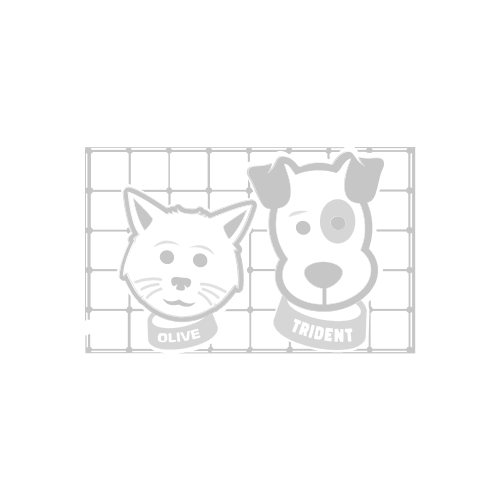Dog Behavior Linkage
Your dog’s ability to learn new tricks may be less a product of your extensive training than their underlying genetics.
Among 101 dog breeds, scientists found that certain behavioral traits such as trainability or aggression were more likely to be shared by genetically similar breeds. While past studies have looked into the genetic underpinnings of dog behaviors for certain breeds, this research — published October 1 in the Proceedings of the Royal Society B — is the first to investigate a wide swath of breed diversity and find a strong genetic signal.
“Anecdotally, everyone knows that different dogs have different behavioral traits,” says Noah Snyder-Mackler, a geneticist at the University of Washington in Seattle. “But we didn’t know how much or why.” Humans and dogs have lived together for at least 15,000 years (SN: 7/6/17). But only within the last 300 years or so have breeders produced varieties such as Chihuahuas and Great Danes.
So, Snyder-Mackler and his colleagues considered how 101 dog breeds behave while searching for genetic similarities among breeds sharing certain personality traits. Data came from two dog genotype databases and from C-BARQ, a survey that asks owners to rank their pure-bred dog’s propensity for certain behaviors, like chasing or aggressiveness toward strangers. As a result, the study didn’t have genetic and behavioral data from the same canine individuals, which could help highlight rare genetic variants that may be nonetheless important to diversity in behaviors.
“They’re not perfect sources of data,” says Clive Wynne, an animal behaviorist at Arizona State University in Tempe, who was not involved in the study. “But it allowed them to look at lots and lots of dogs.”
Using data from over 14,000 dogs described in C-BARQ, the researchers gave each breed a score for 14 different behaviors, and then searched for overall genetic similarities among breeds that had similar scores. For traits such as aggression toward strangers, trainability and chasing, the researchers found that genes contribute 60 to 70 percent of behavioral variation among breeds. Poodles and border collies, for example, had higher trainability scores, while Chihuahuas and dachshunds had higher aggression toward strangers.
Energy level and fearfulness showed a smaller genetic contribution, about 50 percent, suggesting that differences in environment or training play an equally important role in shaping those behaviors.
“Such strong correlations suggest that these were traits that people historically cared about and bred for,” says coauthor Evan MacLean, a biologist at the University of Arizona in Tucson.
The researchers then sought out specific genetic variants that might contribute to behavioral differences. Against thousands of variants, 131 stuck out as significantly associated with breeds’ behavior. No single gene was overwhelmingly associated with any behavior, suggesting that breed behavioral diversity arises from the complex interplay of many genes in addition to environmental differences.
While such a study doesn’t show if or how a genetic variant causes a specific behavior, it points to certain variants that warrant further research into that question.
Most of these variants were associated with genes considered important to neurological development and function, which is “exactly what you would predict for genes you think might be involved in affecting behavior,” says Carlos Alvarez, a genomics researcher at Nationwide Children’s Hospital in Columbus, Ohio, who wasn’t involved in the study.
“Dogs are a really powerful system to investigate the genetics of many traits and diseases because generations of domestication and breeding have simplified their genomes,” Alvarez says. “This study shows that behavior is no different.”
Wynne agreed that the study marked an important development for understanding how dogs take on certain temperaments. But “dog owners shouldn’t take it to mean that their dog’s personalities are totally innate and predetermined,” he says. There’s still an enormous amount of variation among individual dogs. So “an individual is better treated as an individual, rather than as a representative of its breed.”

